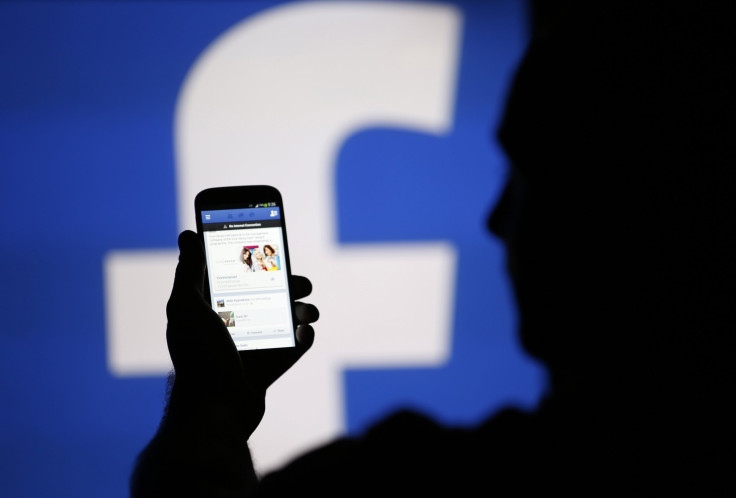Facebook’s Miscalculation Inflated Average Video-Viewing Time By Up To 80 Percent: Report

Facebook’s miscalculation of the viewing time for video ads over the past two years likely inflated the average time spent watching these videos by 60 to 80 percent, the Wall Street Journal reported Thursday, citing a letter sent by the social networking website to the ad buying agency Publicis Media.
The fact that a discrepancy between how Facebook calculates average viewing time and how it is defined exists came to light several weeks ago through a post by the company in its “Advertiser Help Center.” In it, Facebook disclosed that its metric for how much time users spent watching videos was inflated because it only counted a video as “viewed” if it had been seen for three or more seconds.
“We had previously *defined* the Average Duration of Video Viewed as ‘total time spent watching a video divided by the total number of people who have played the video.’ But we erroneously had *calculated* the Average Duration of Video Viewed as ‘the total time spent watching a video divided by *only* the number of people who have viewed a video for three or more seconds,’” Facebook said in the post. “Average % of Video Viewed was also impacted since it used the Average Duration metric in its calculation so both metrics are being updated.”
This, as the Journal reports, led marketers and advertisers to misjudge the performance of the video ads being posted via Facebook over the past two years.
"This once again illuminates the absolute need to have 3rd party tagging and verification on Facebook’s platform. Two years of reporting inflated performance numbers is unacceptable," Publicis reportedly said in a note to its clients.
In recent years, Facebook has been placing increasing emphasis on video content, especially through its Facebook Live service. In July, CEO Mark Zuckerberg said that he wanted Facebook to become a “video first” company by increasing the share of videos in its news feed — something that would allow it to tap into the growing market for video ads and edge ahead of YouTube and Twitter.
The latest revelation has the potential to hurt Facebook’s bottom line, as many already expected video ads to play a significant role in the company’s 2016 revenue growth.
In a statement released Thursday, Facebook said that the “error” has since been fixed.
“It did not impact billing, and we have notified our partners both through our product dashboards and via sales and publisher outreach. We also renamed the metric to make it clearer what we measure,” the company reportedly said.
However, this did not prevent investors from reacting adversely to the news. In after-hours trade, after the publication of the Journal article, Facebook’s Nasdaq-listed shares dropped nearly 1.4 percent.
© Copyright IBTimes 2024. All rights reserved.





















